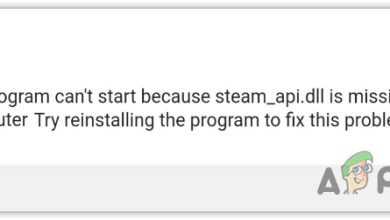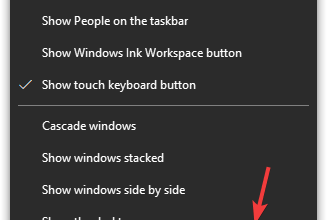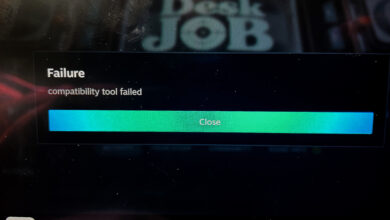How to Fix Steam Cloud Error ‘Unable to sync files’
The Steam Cloud Error occurs when there’s a mismatch within the Steam Cloud, preventing it from syncing your save files with the Steam client. This issue can arise when you close a game on one device and attempt to play it on another before the cloud sync process has completed.

This error may also occur if the cloud sync is interrupted due to a process termination or another inconsistency. Below, we will guide you on how to resolve the cloud error on Steam with several methods.
1. Check Steam Sync Servers
One potential cause of the Steam Cloud Error is downtime with the Steam servers, a result of an outage or scheduled maintenance, typically occurring every Tuesday. During these times, the cloud sync functionality within the app is unavailable.
You must wait for the Steam servers to come back online and allow the cloud sync to finish. The game should then launch without issues.
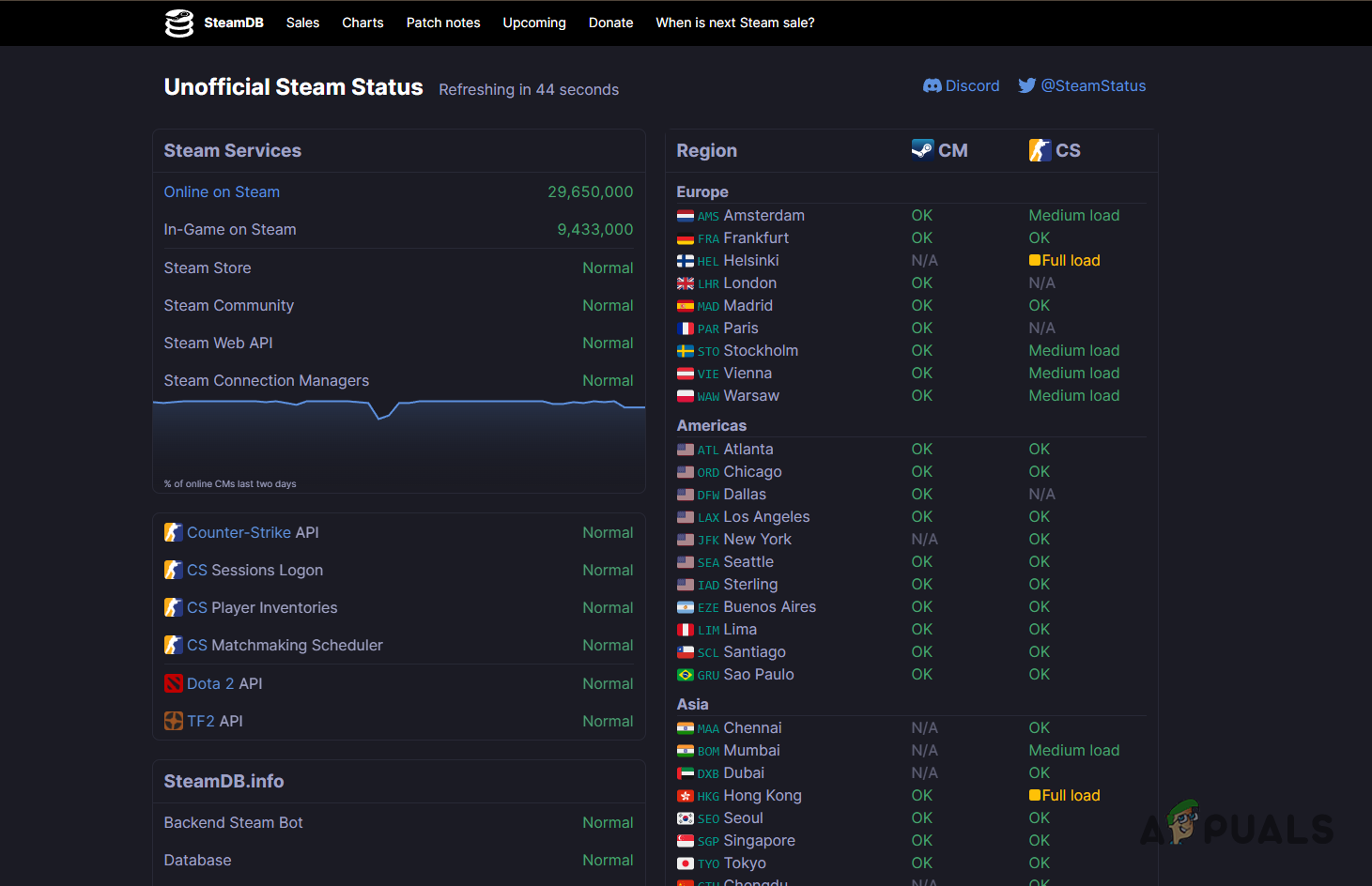
Third-party sources like SteamStatus provide real-time server status information and can be used to check the status of Steam servers.
2. Restart the Steam Client
An inconsistency with the Steam client can cause issues such as a stuck cloud sync process that prevents completion.
Restarting the Steam client reboots all instances and should eliminate any client inconsistencies.
- Right-click the Start Menu icon and open Task Manager.
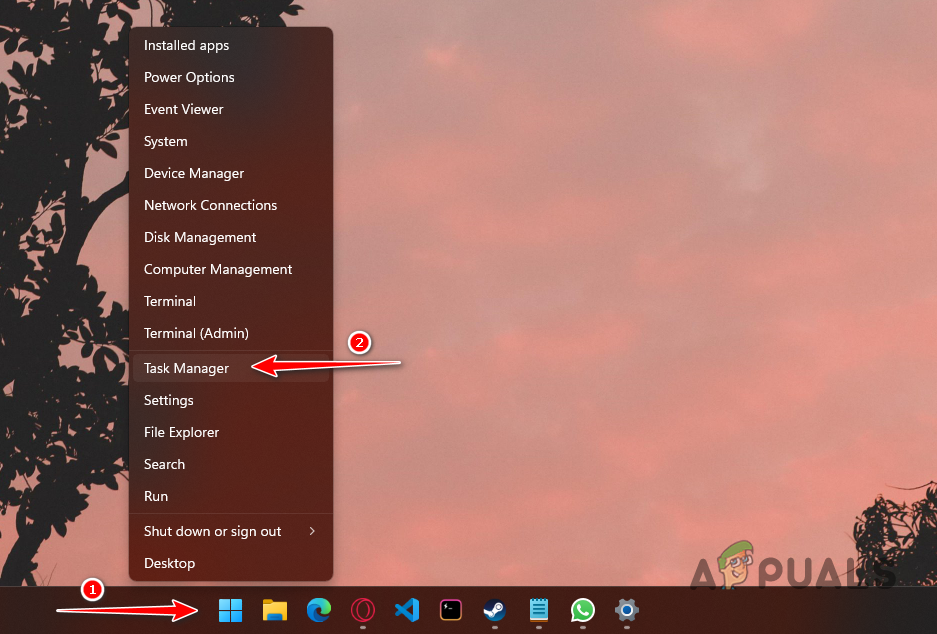
Opening Task Manager - Locate Steam in the processes list and click End task.
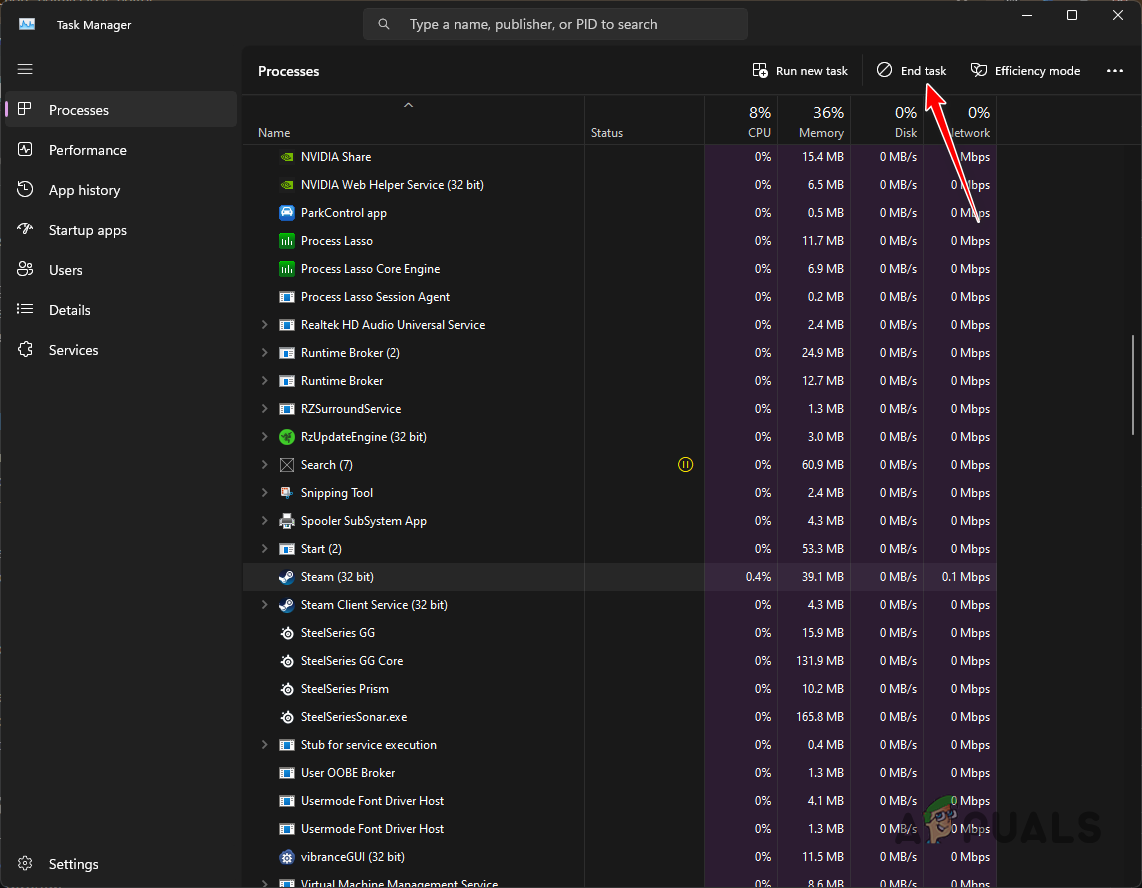
Ending Steam Process - Search for and open Steam using the Start Menu.
- Wait for Steam to relaunch and verify if the problem persists.
3. Disable Third-Party VPN
A third-party VPN connection might cause the Steam Cloud Error message to display. This often happens when the VPN severely slows down network speed or when Steam disconnects the connection for security reasons.
Temporarily disabling your VPN client could allow the Steam sync to complete using your native network connection. Afterward, you can reactivate the VPN if desired.
- Press Win + I to open the Settings app.
- Navigate to Network & Internet > VPN.

Navigating to VPN Settings - Click the Disconnect button next to your VPN.
4. Turn off the Third-Party Security Program
Occasionally, third-party security programs can cause issues by interfering with cloud sync processes, potentially triggering the Steam cloud error.
Temporarily disable your security program to allow an uninterrupted Steam cloud sync. If the error disappears after doing so, add Steam to your antivirus whitelist to prevent interference in the future.
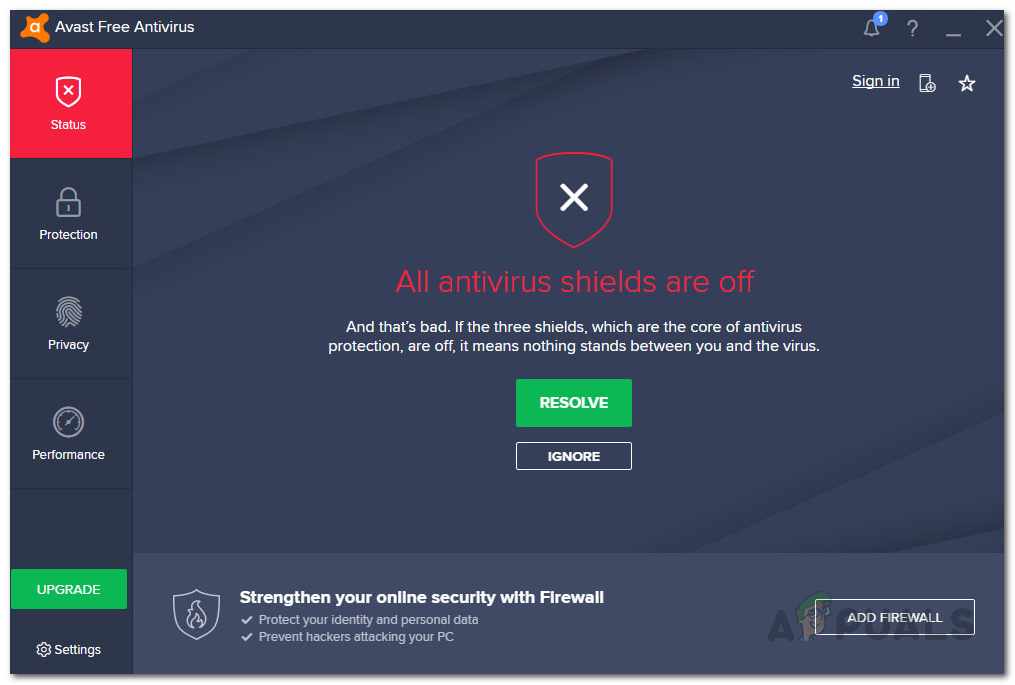
5. Clear Download Cache
A corrupted Steam download cache can cause the cloud sync to fail. Clearing the download cache is a straightforward process that usually has no negative impact on your applications.
- Open the Steam application.
- Select Settings from the Steam menu at the top.
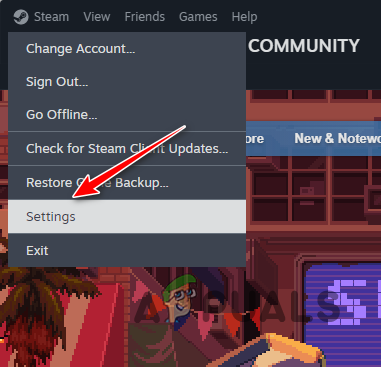
Opening Steam Settings - In Settings, click on the Downloads tab.
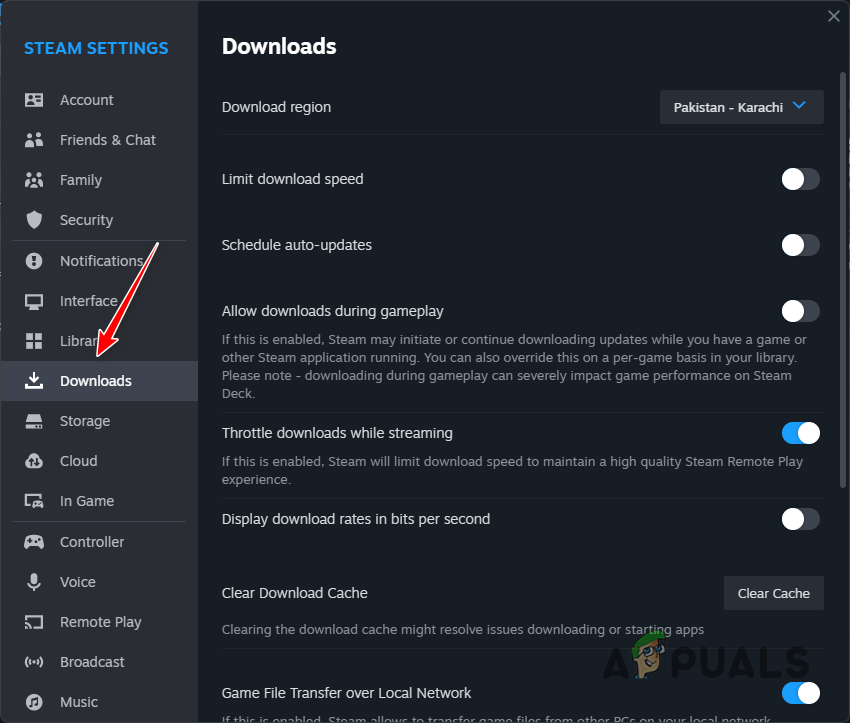
Navigating to Downloads - Choose the Clear Download Cache option.

Clearing Download Cache - Afterwards, Steam will restart automatically.
- Recheck for the error.
6. Turn off iCloud Private Relay (macOS Only)
For macOS users experiencing the Steam Cloud Error, it may be related to the iCloud Private Relay feature, which can disrupt normal internet traffic patterns, including Steam cloud sync operations.
- On your Mac, click the Apple menu and select System Preferences.
- Go to Apple ID.
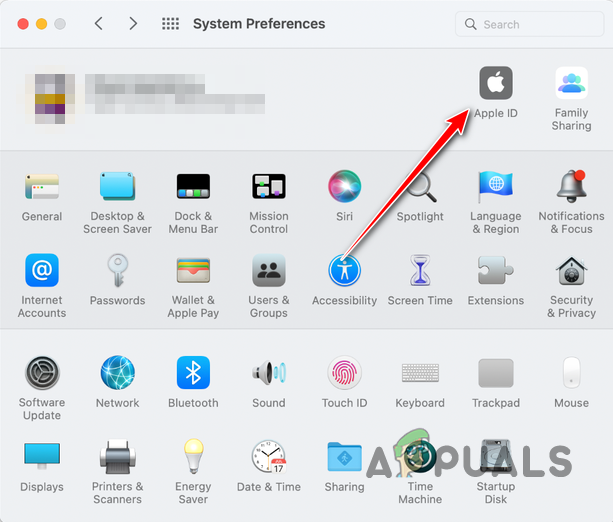
Navigating to Apple ID - Locate the iCloud Private Relay feature.
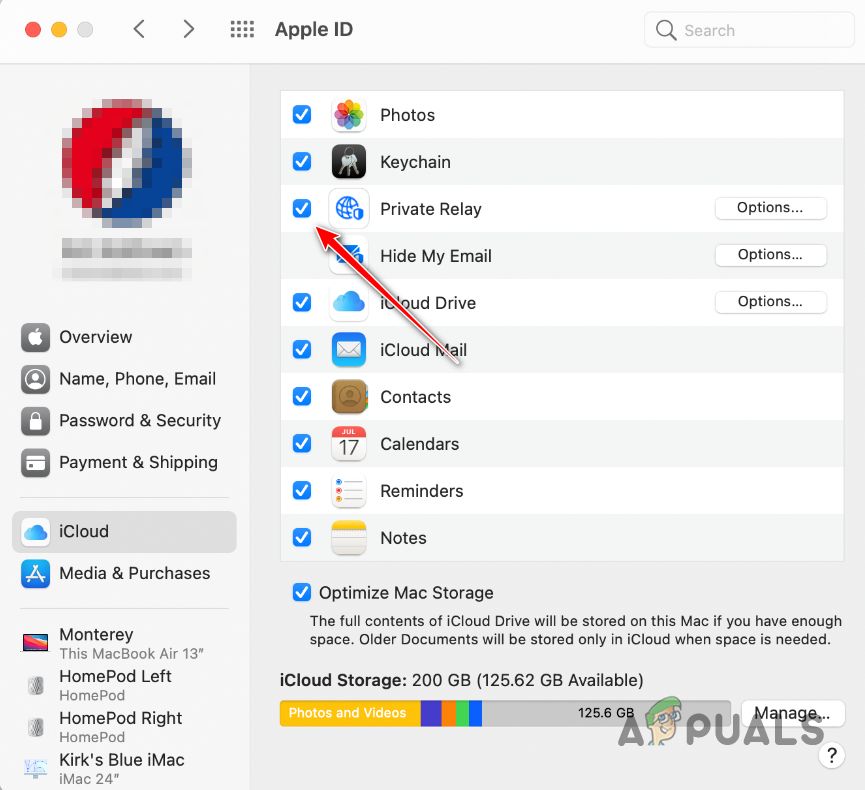
Disabling Private Relay - Uncheck the Private Relay option.
- See if the issue has been rectified.
7. Force Cloud Resync
If the problem is with a specific save file that Steam is trying to sync, you can force the system to resync by disabling and then re-enabling cloud sync with a new save file in place.
- Open the Steam client and navigate to the Library.
- Right-click on the game with issues and select Properties.

Opening Game Properties - In the Properties dialog, toggle off cloud sync with the Steam Cloud option.
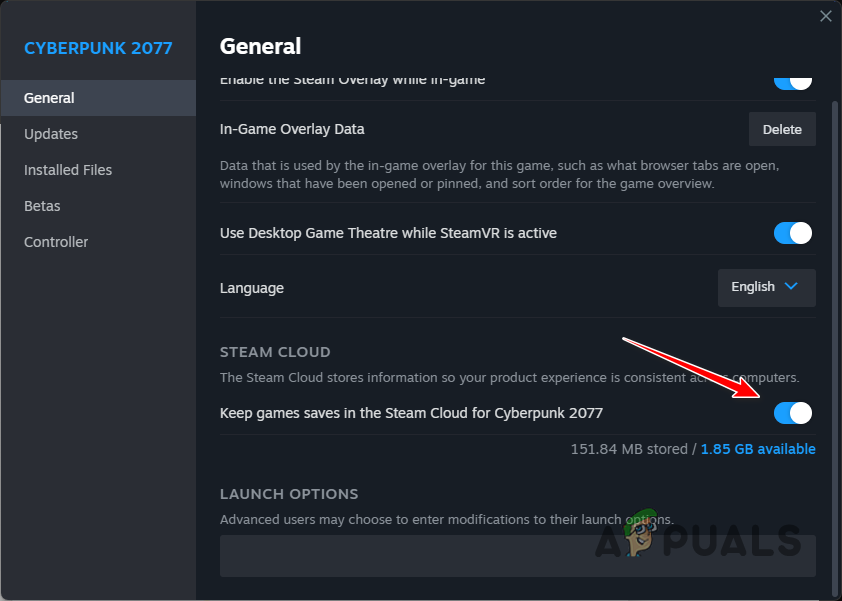
Disabling Steam Cloud Sync - Create a new save in the game or update an existing save point.
- Exit Steam after closing the game, then relaunch Steam and open the game’s Properties again.
- Re-enable cloud sync via the Steam Cloud option.

Toggling Steam Cloud Sync - If a file conflict arises, choose the local save file to progress with syncing.
- Determine if the error has been corrected.
8. Disable IPv6
IPv6 is a new internet protocol designed to replace IPv4, but some systems set it as the default which might cause issues with Steam cloud sync.
- Press Windows key + I to open the Settings app.
- Go to Network & Internet > Advanced Network Settings.

Navigating to Advanced Network Settings - Click the arrow next to your network adapter for more options.
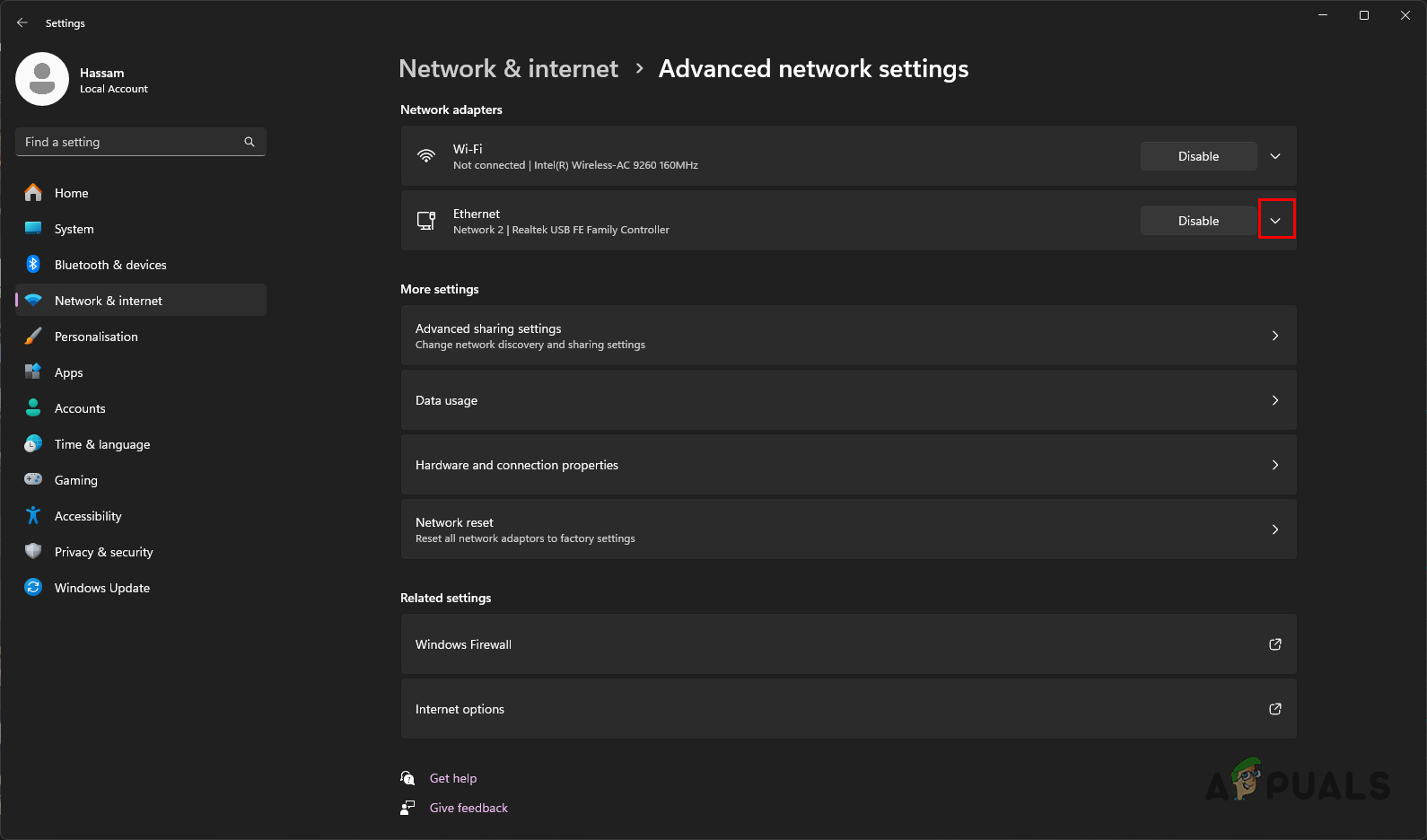
Expanding Network Adapter Options - Select Edit.

Accessing Network Adapter Options - Find and uncheck Internet Protocol Version 6 (TCP/IPv6).

Disabling IPv6 - Click OK and apply the changes.
- Reopen your Steam client and see if the problem recurs.
9. Delete Previous Save Files
Corrupted or excessive old save files might also contribute to the Steam Cloud Error. If the save files are corrupted or have reached the maximum storage limit, consider deleting them.
Locate the save file directory for your game and remove older files to determine if it resolves the problem. Should you accidentally delete a recent save, it can be recovered through Steam Cloud. Click here to retrieve your last save file.

10. Verify Game Files
Faulty game files on your system can lead to the Steam Cloud Error. Damaged files can be fixed with Steam’s verification tool.
- Launch the Steam client and go to the Library.
- Right-click the game and select Properties.

Accessing Game Properties - Select Verify integrity of game files under the Local Files tab.
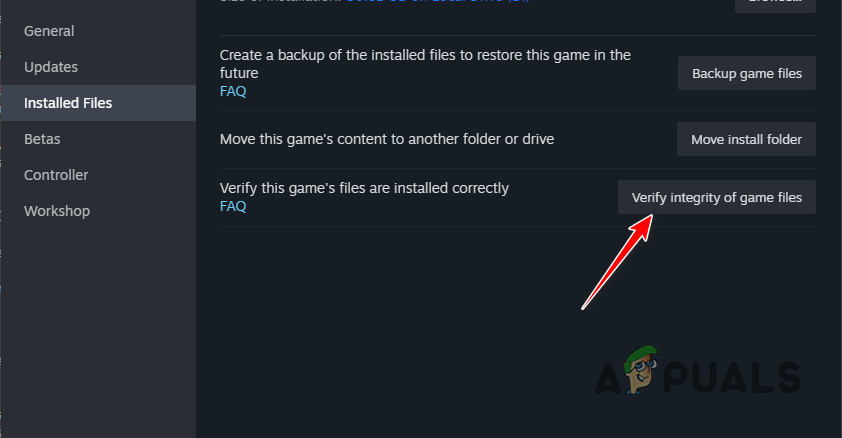
Verifying Integrity of Game Files - Allow Steam to complete the scanning and repair process.
- Test to see if the issue still exists.
11. Change DNS Server
Network configuration glitches, including DNS server problems, can disrupt the Steam Cloud sync, potentially making it impossible to resolve Steam cloud domains.
- Hit Windows key + I to launch the Settings app.
- Head to Network & Internet > Advanced Network Settings.

Advanced Network Settings in Windows - Expand your network adapter options by clicking the arrow.

Network Adapter Options - Click Edit.

Editing Network Adapter - Choose Use the following DNS server addresses and input the IP addresses of your preferred DNS server (Google or Cloudflare).
Google: 8.8.8.8 8.8.4.4 Cloudflare: 1.1.1.1 1.0.0.1

Setting DNS Server - Confirm your choice with OK.
- Restart the Steam client and assess if the network change has addressed the issue.
If none of the above methods resolves the Steam Cloud Error, consider reaching out to Steam Support for further assistance. They can offer personalized support based on your specific situation. Get help by creating a support ticket on the official Steam support page. The support team is prepared to assist you with any remaining issues relating to the Steam Cloud Error.
